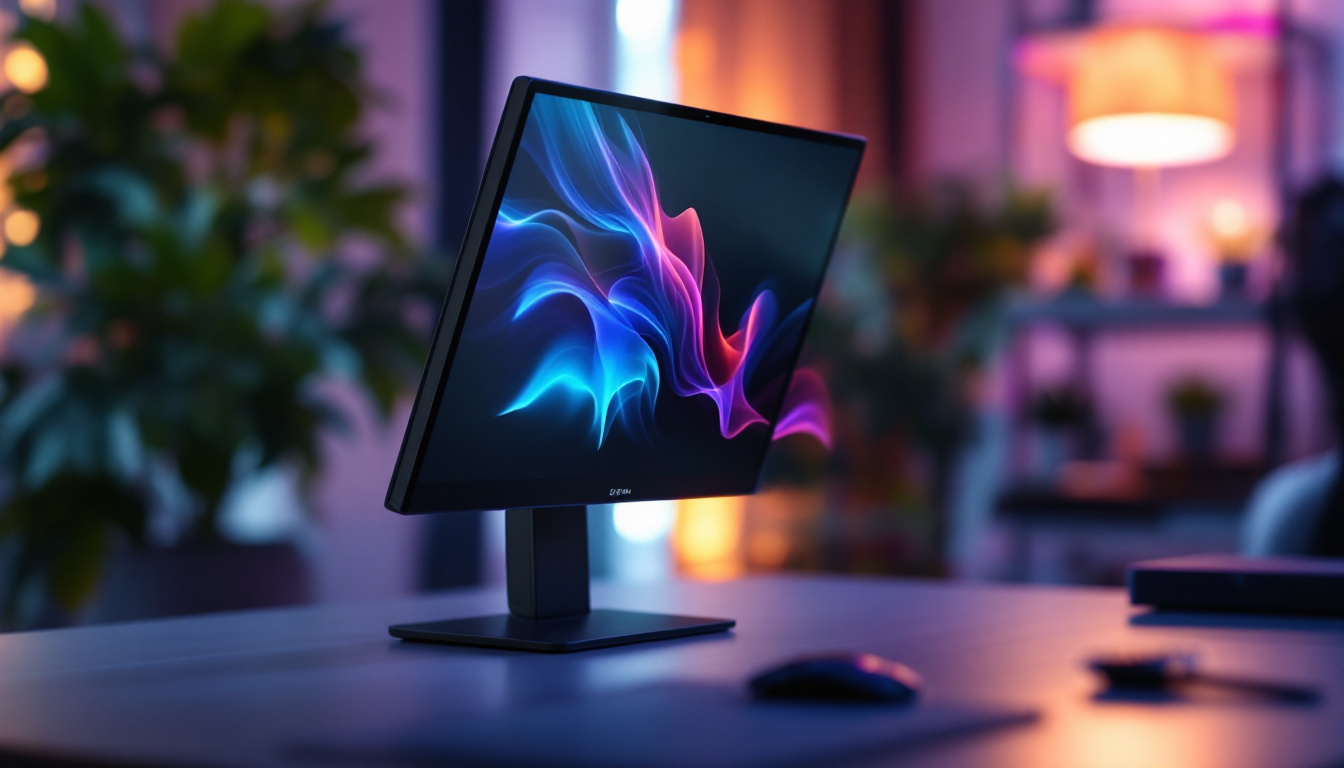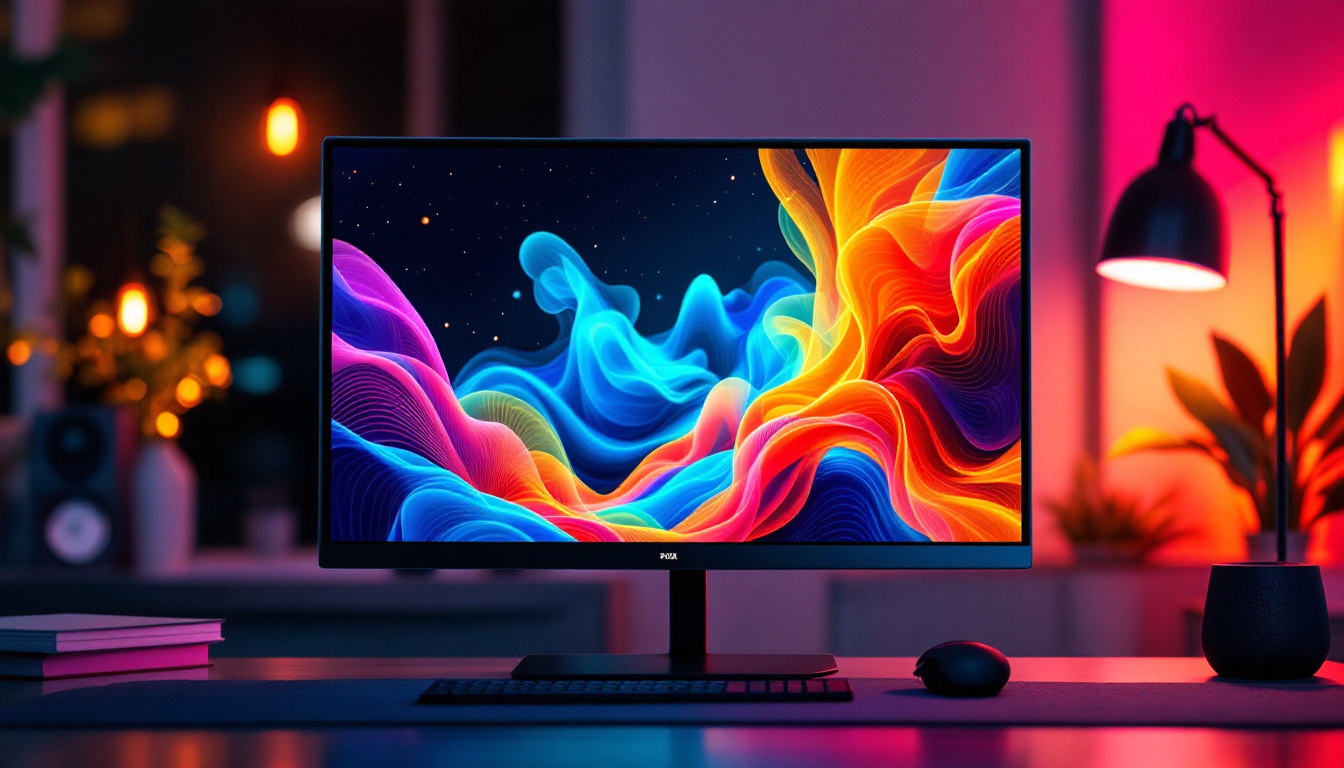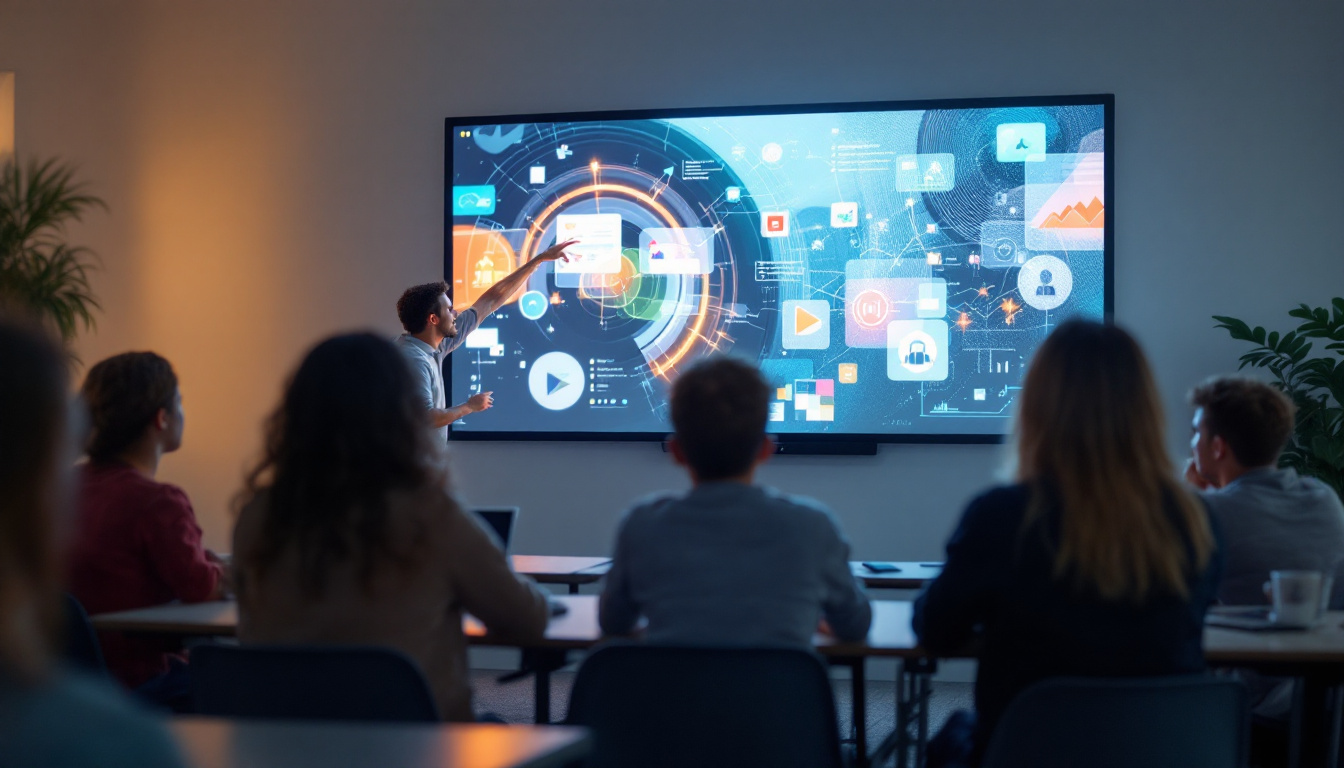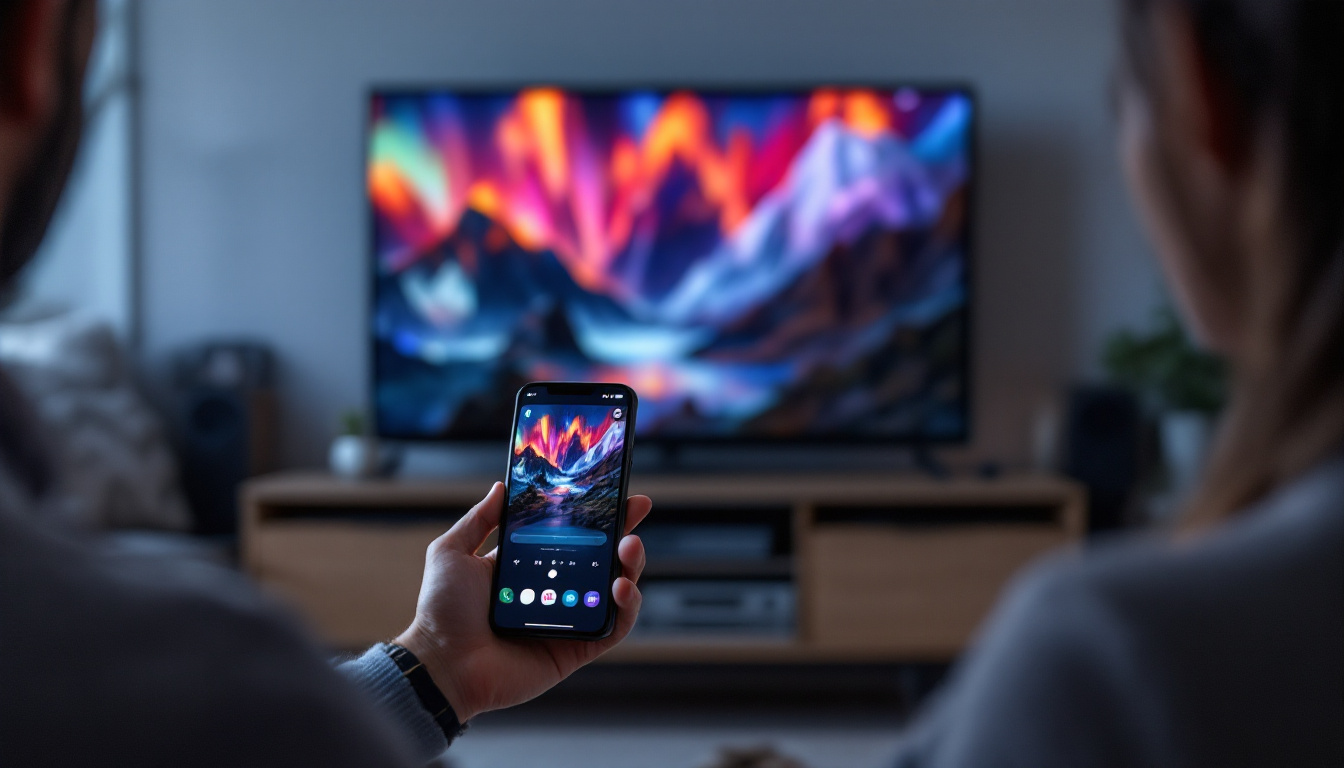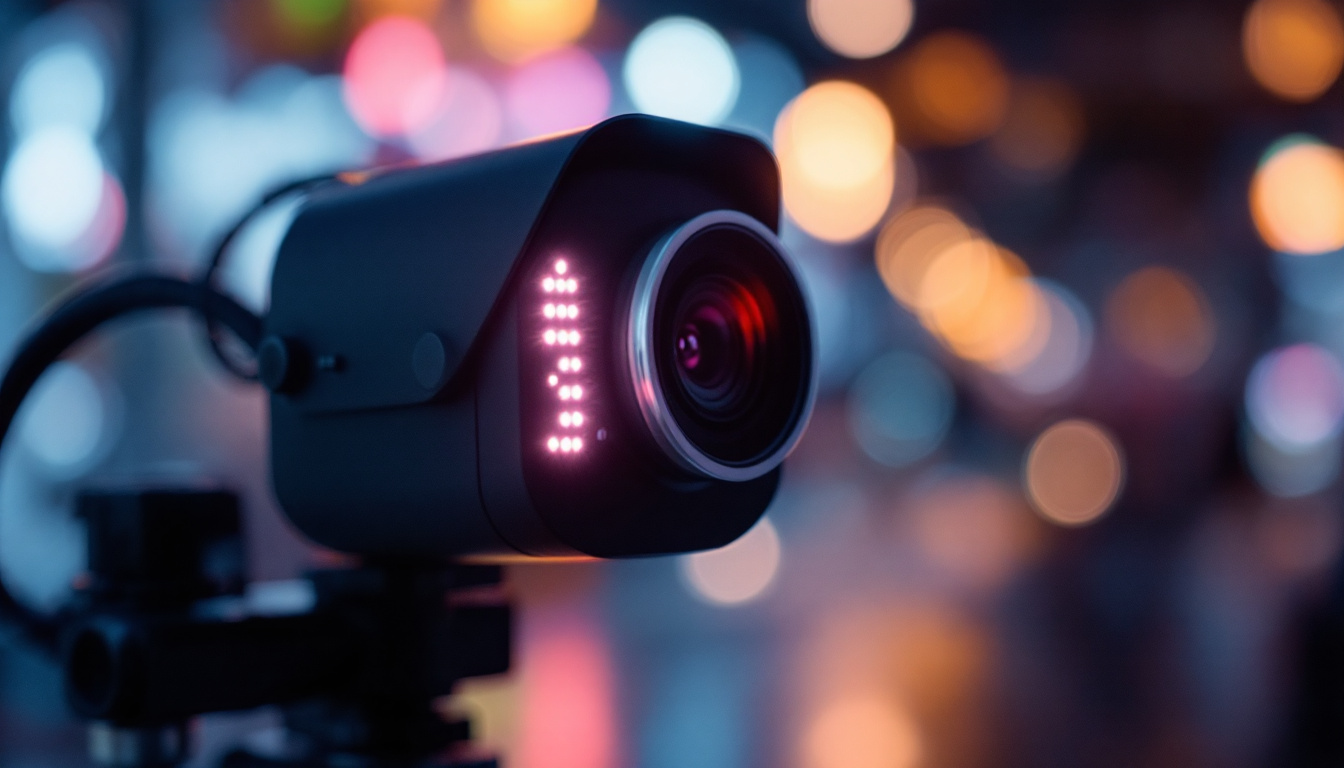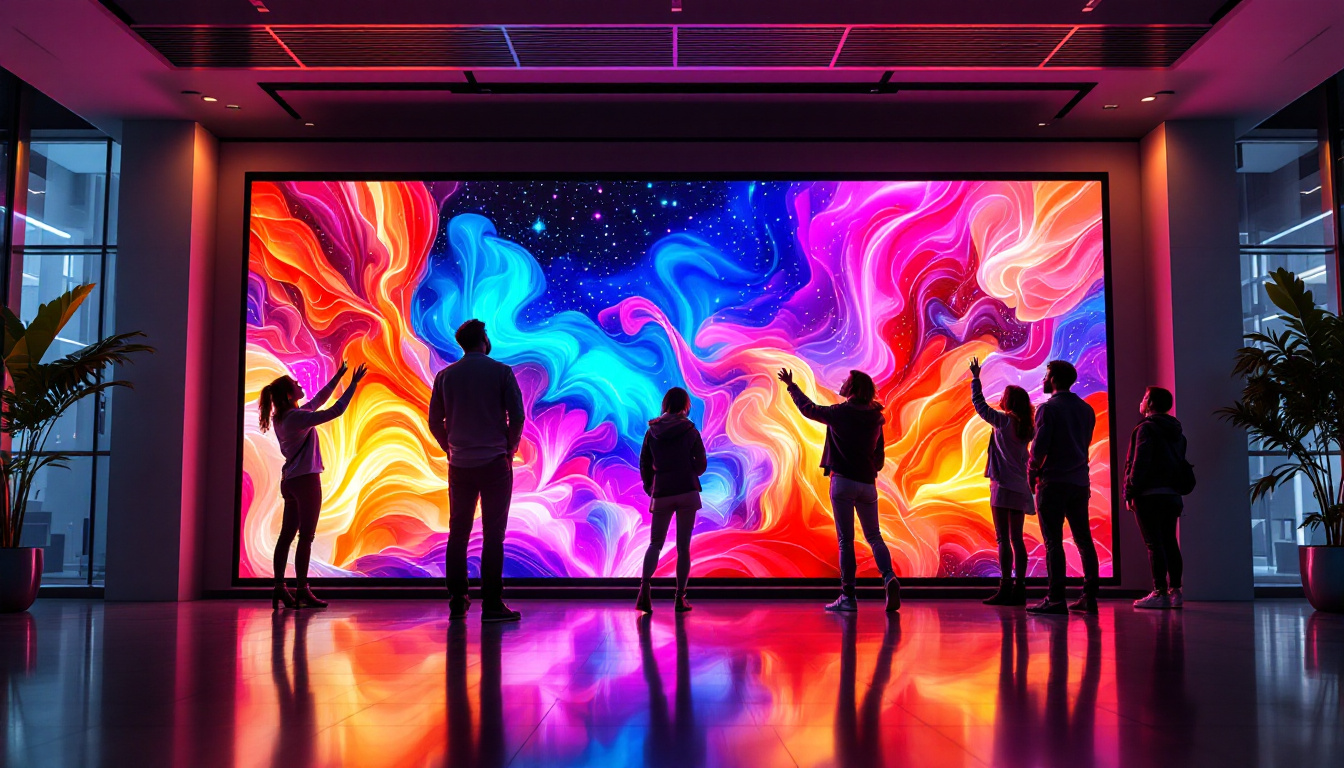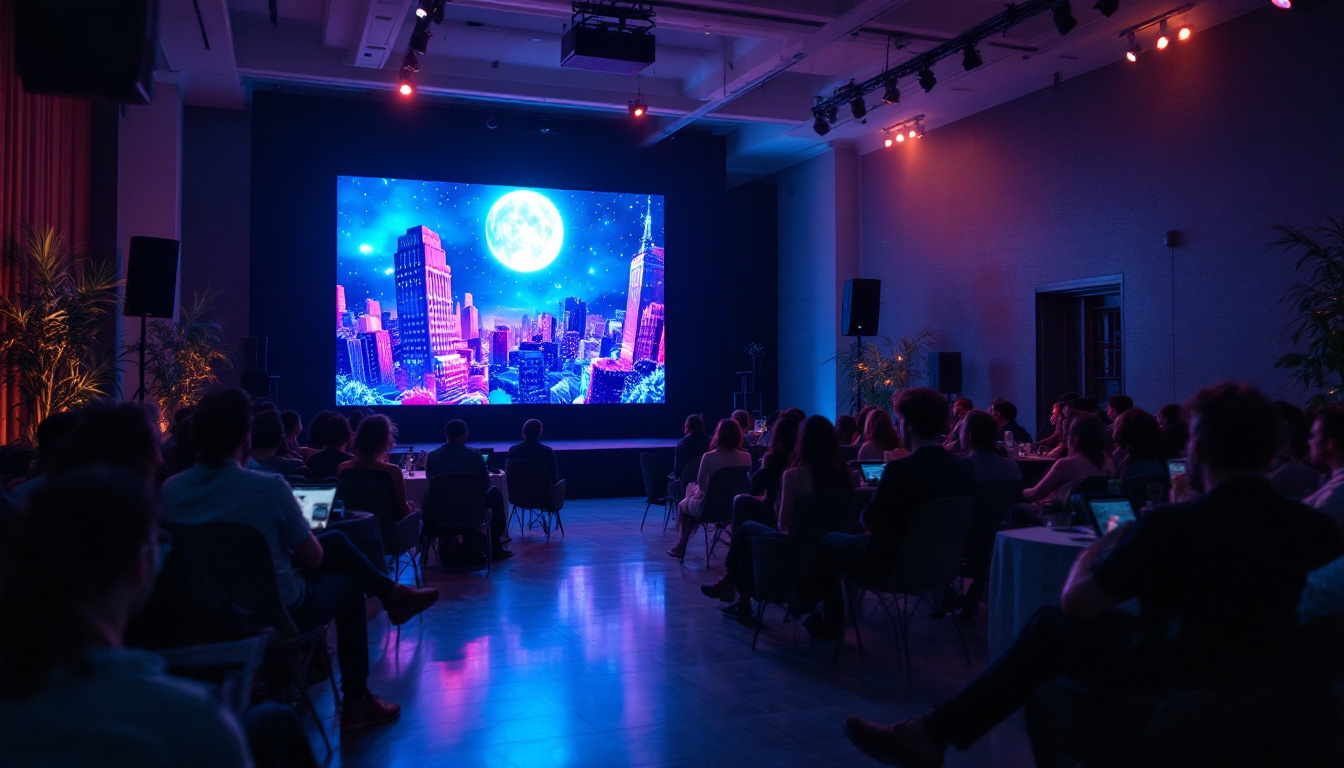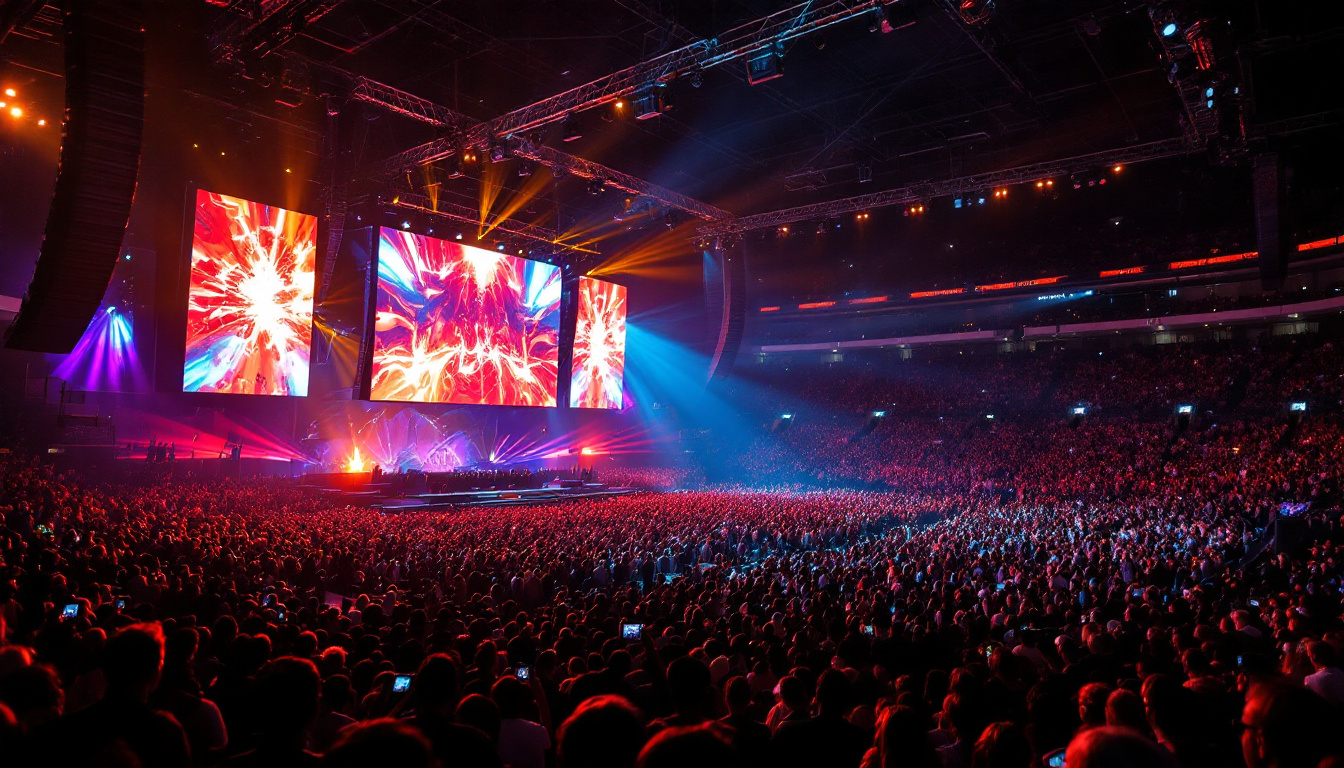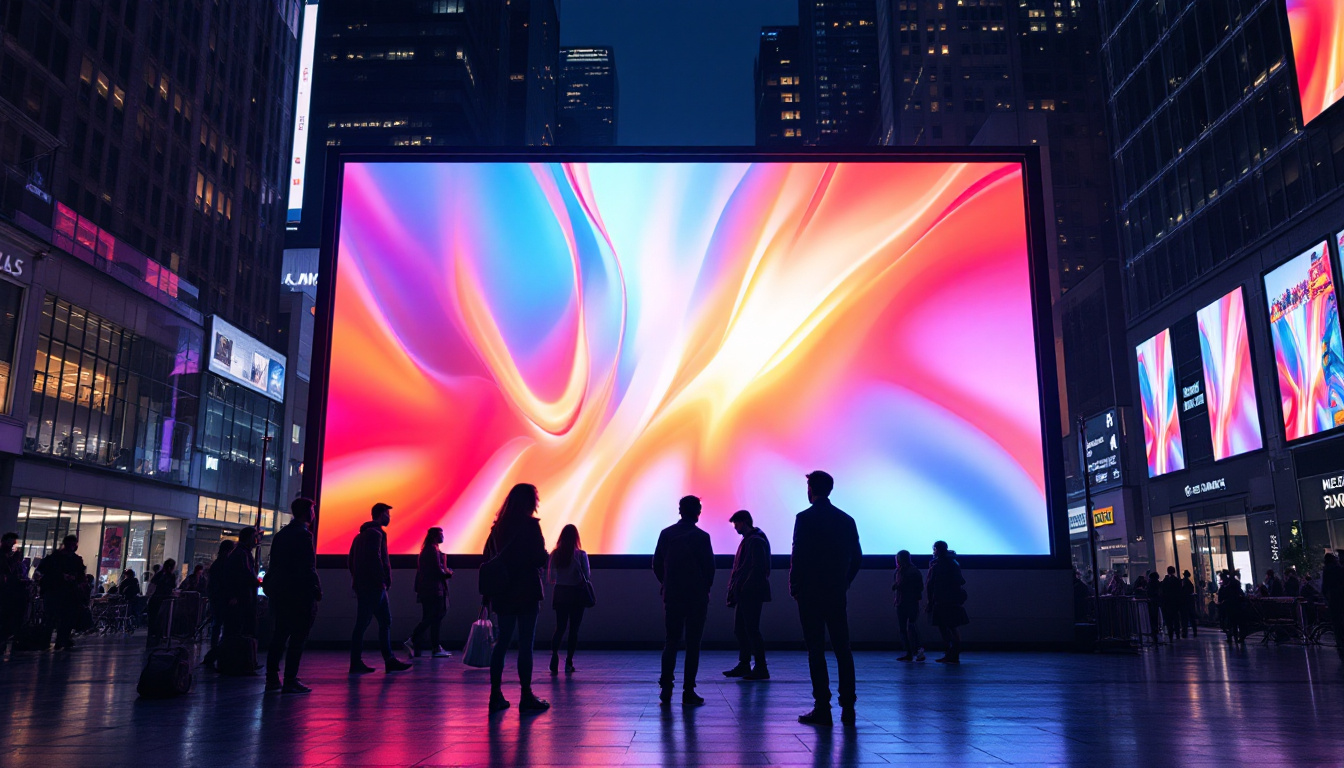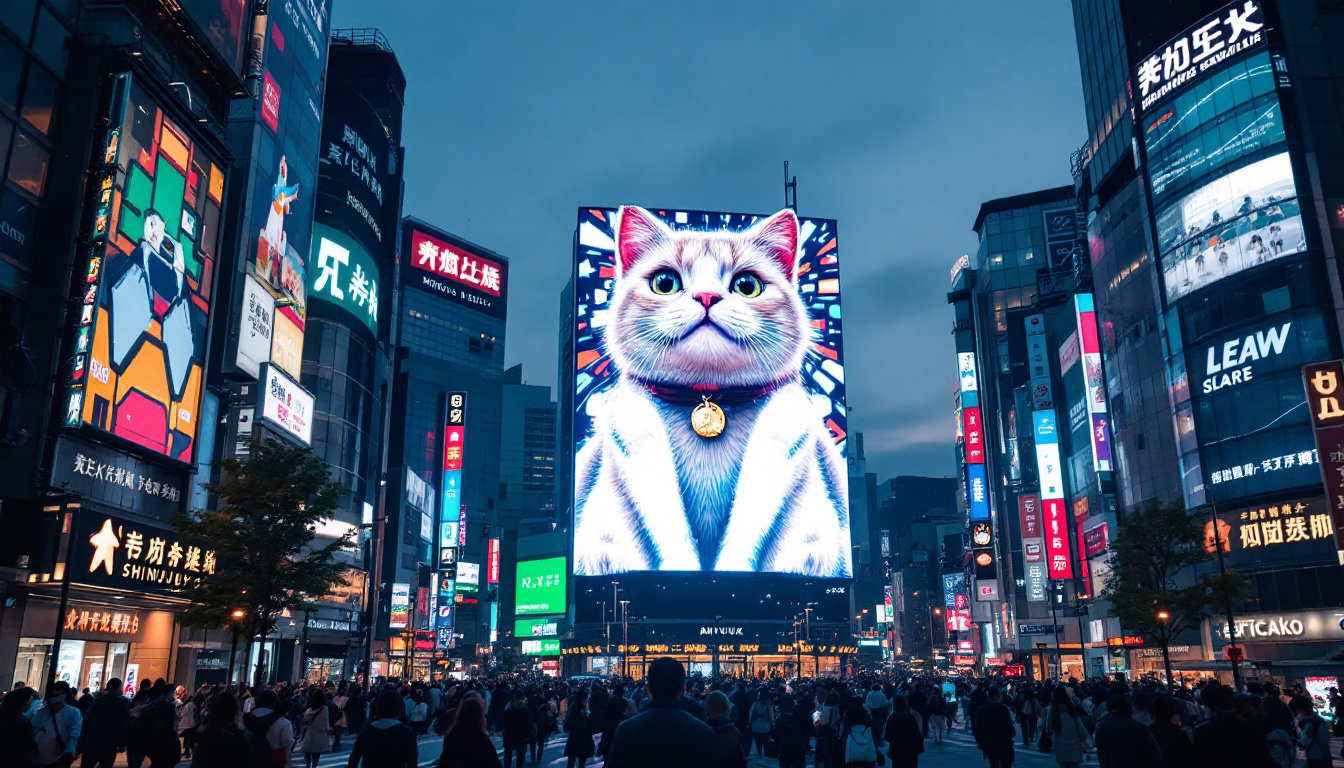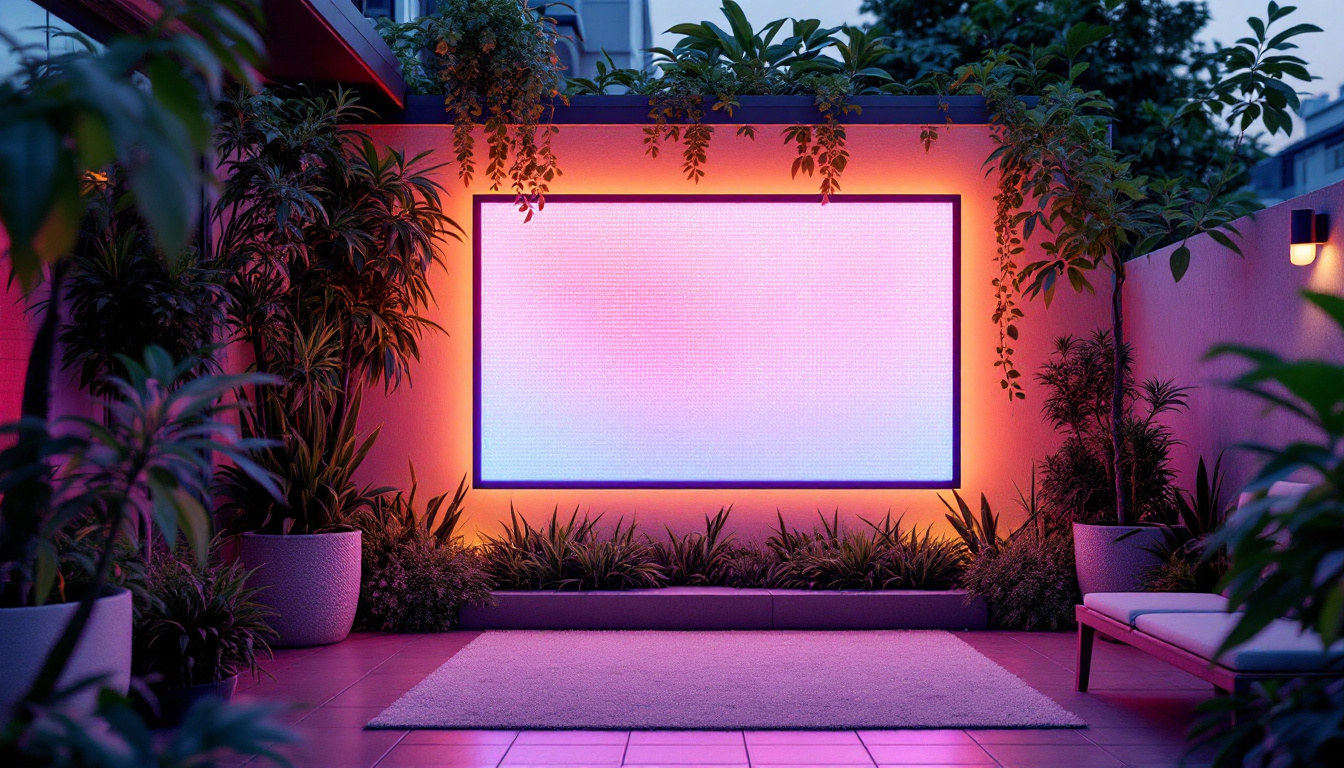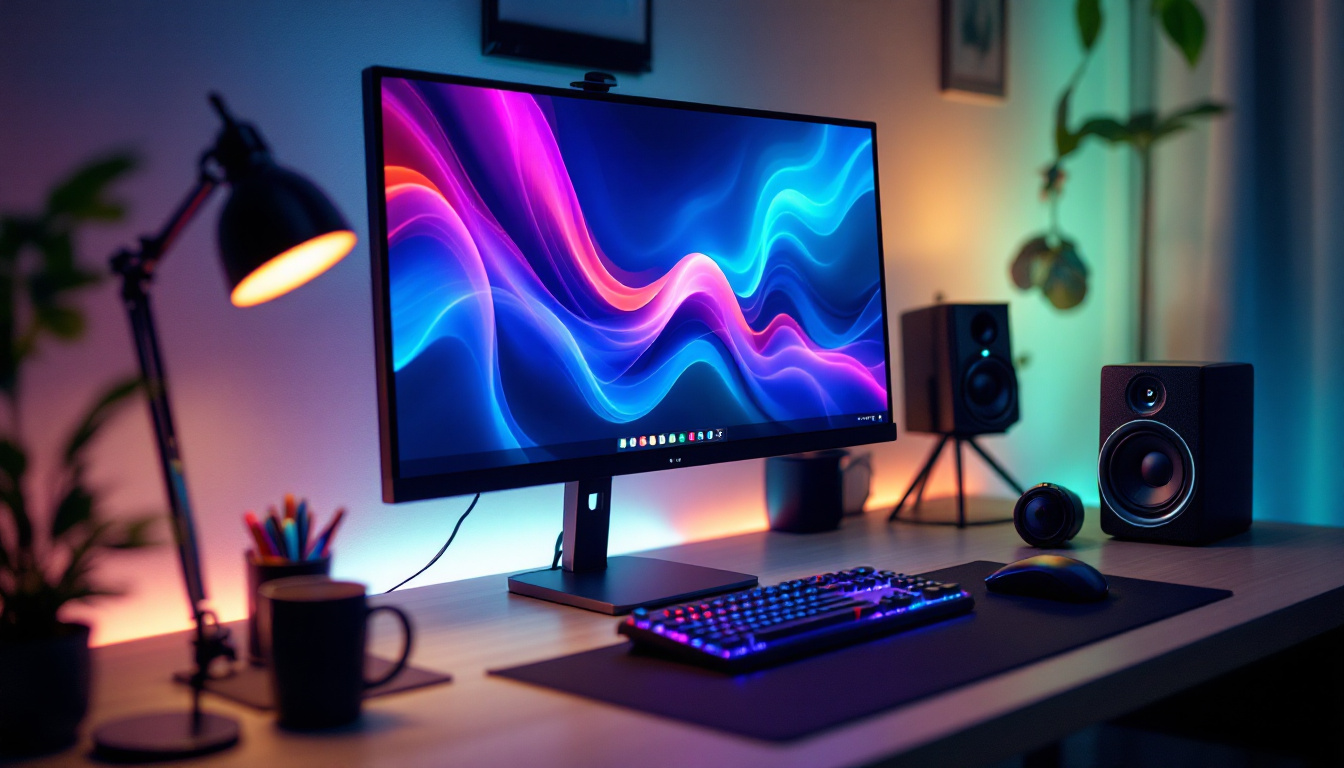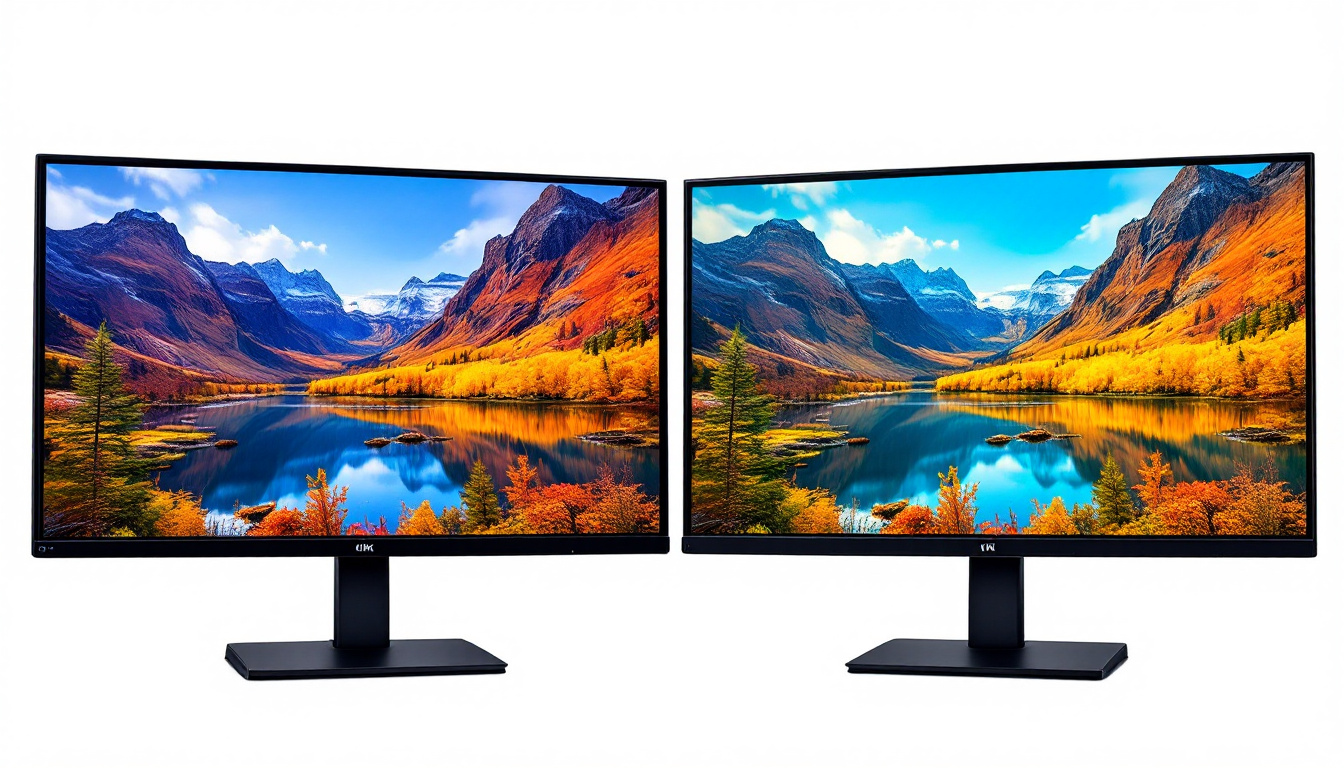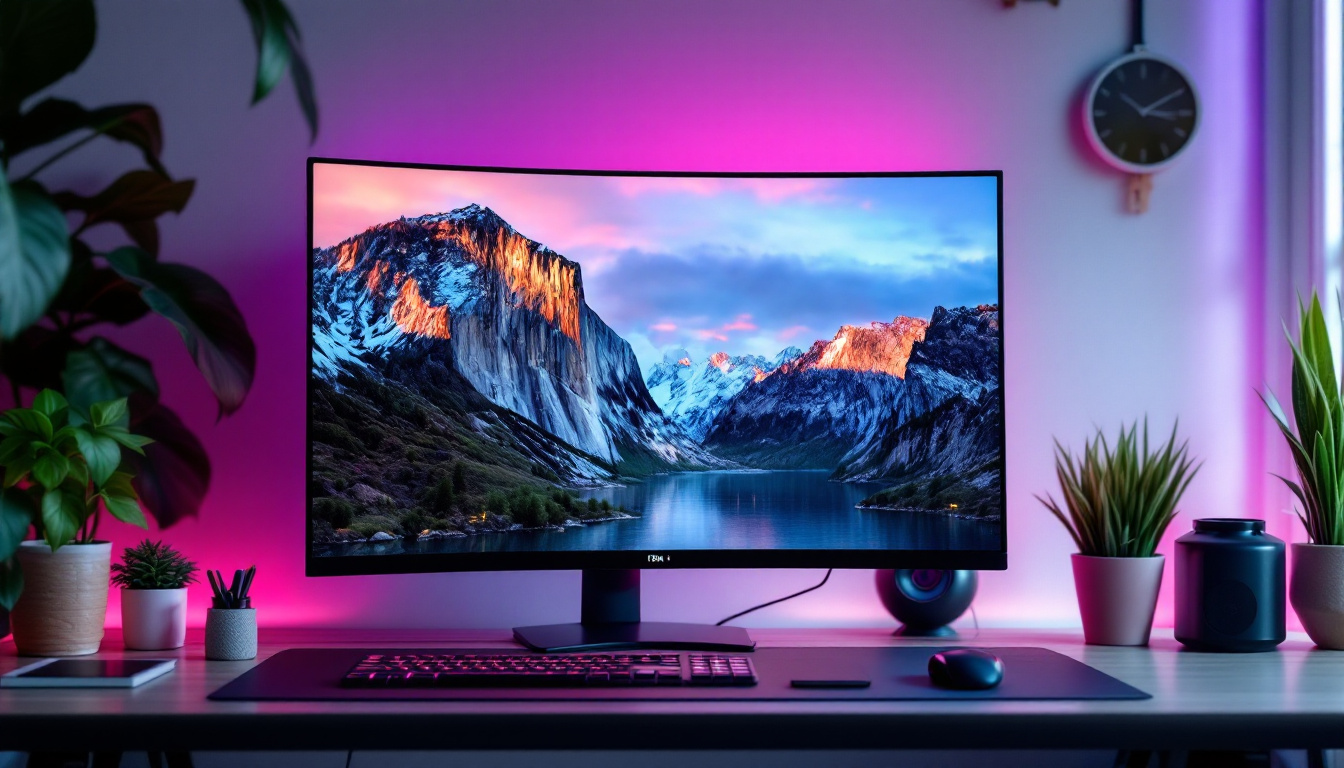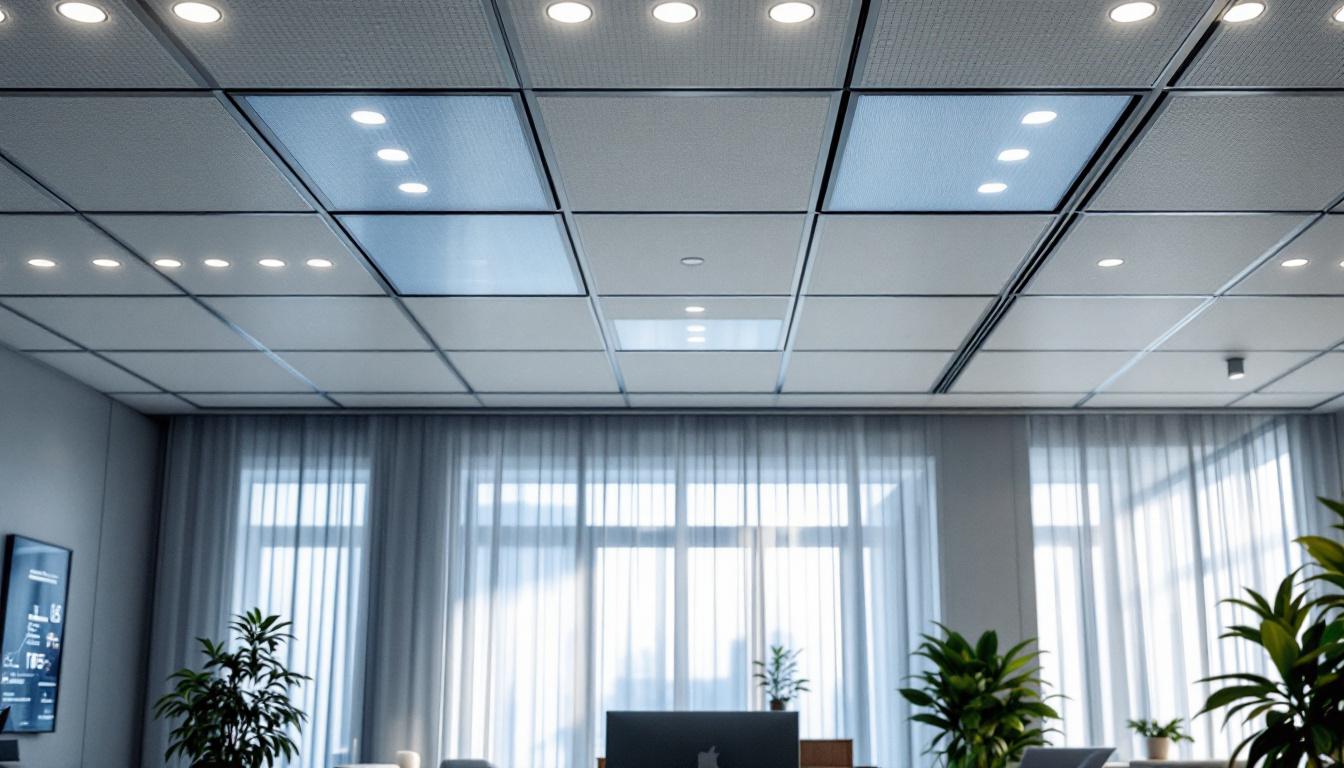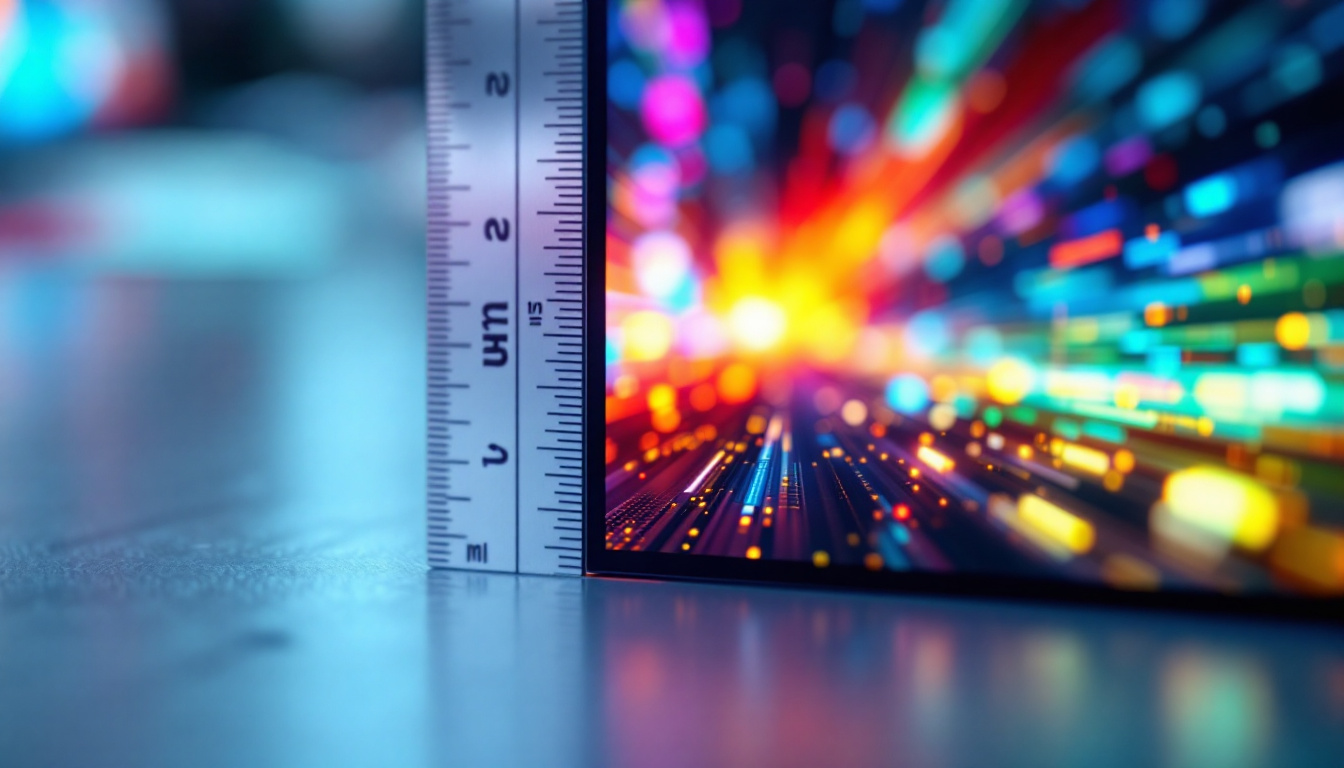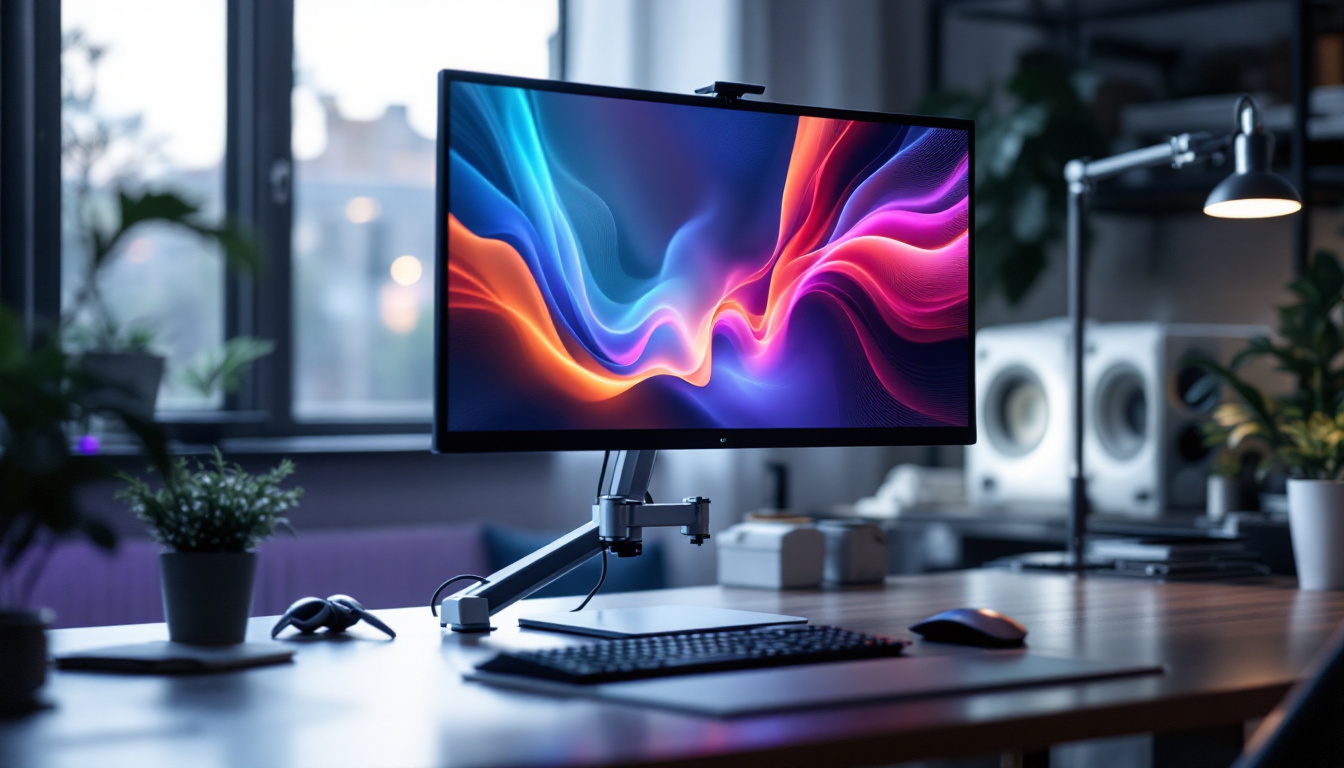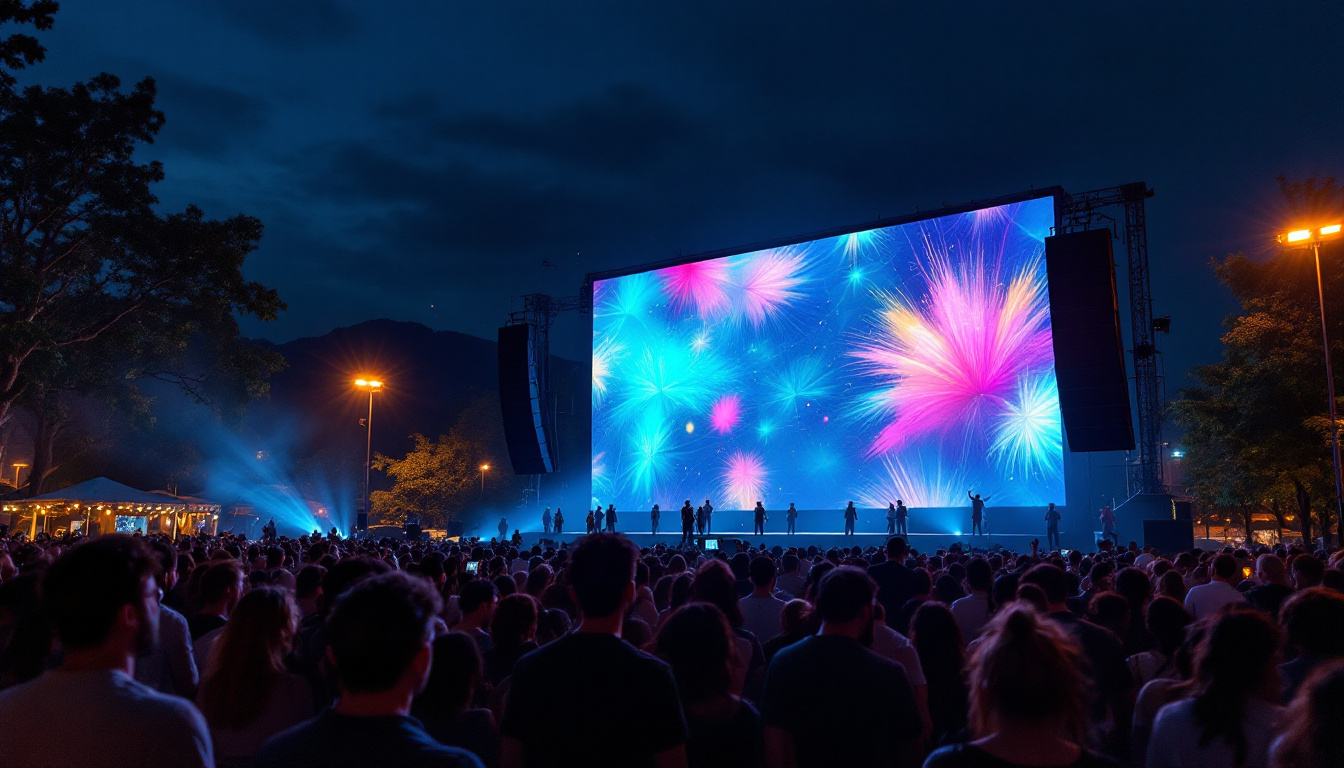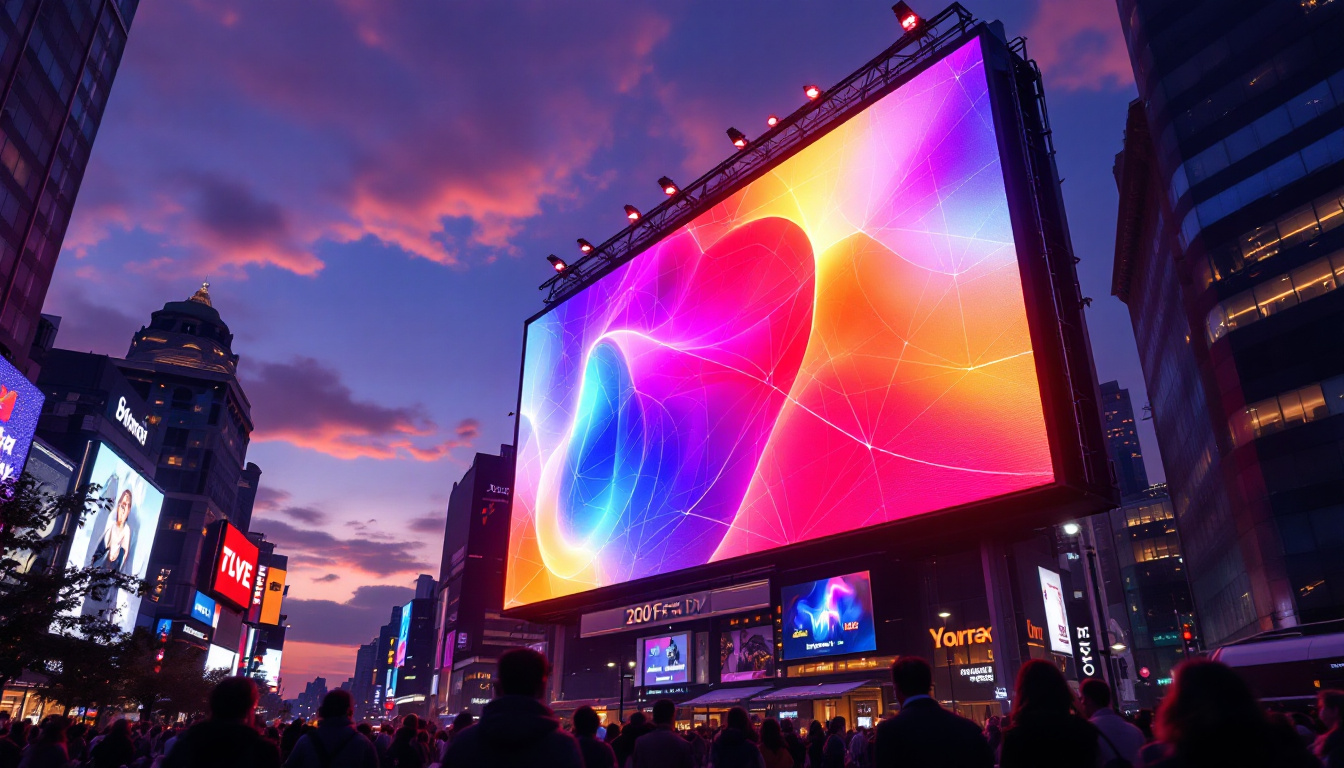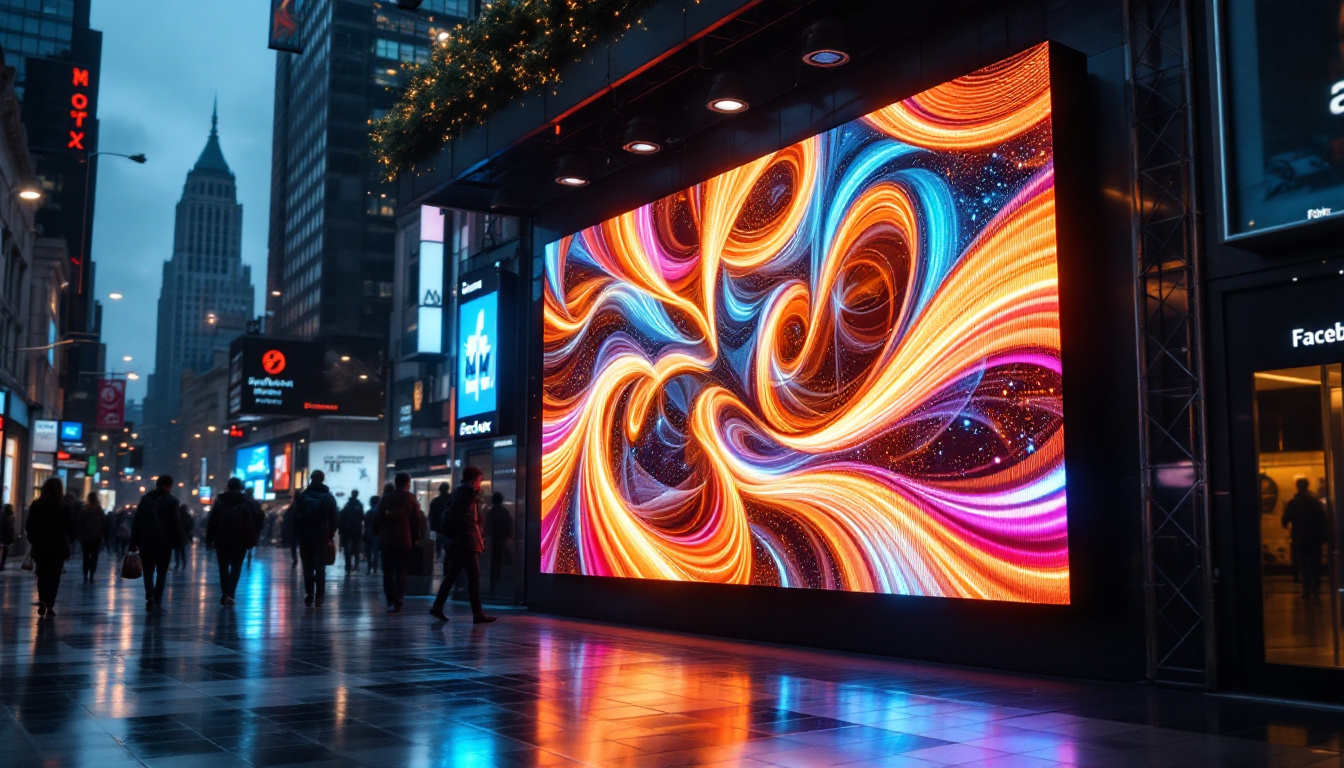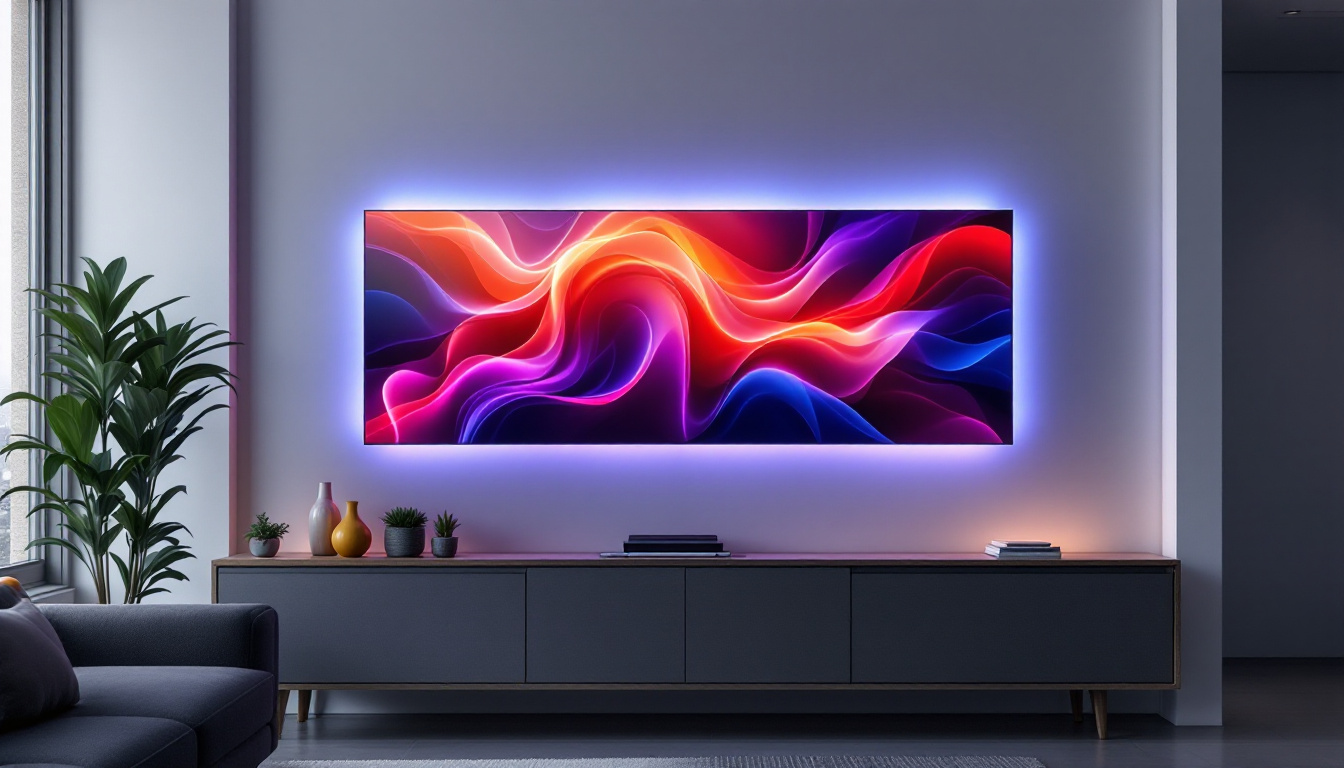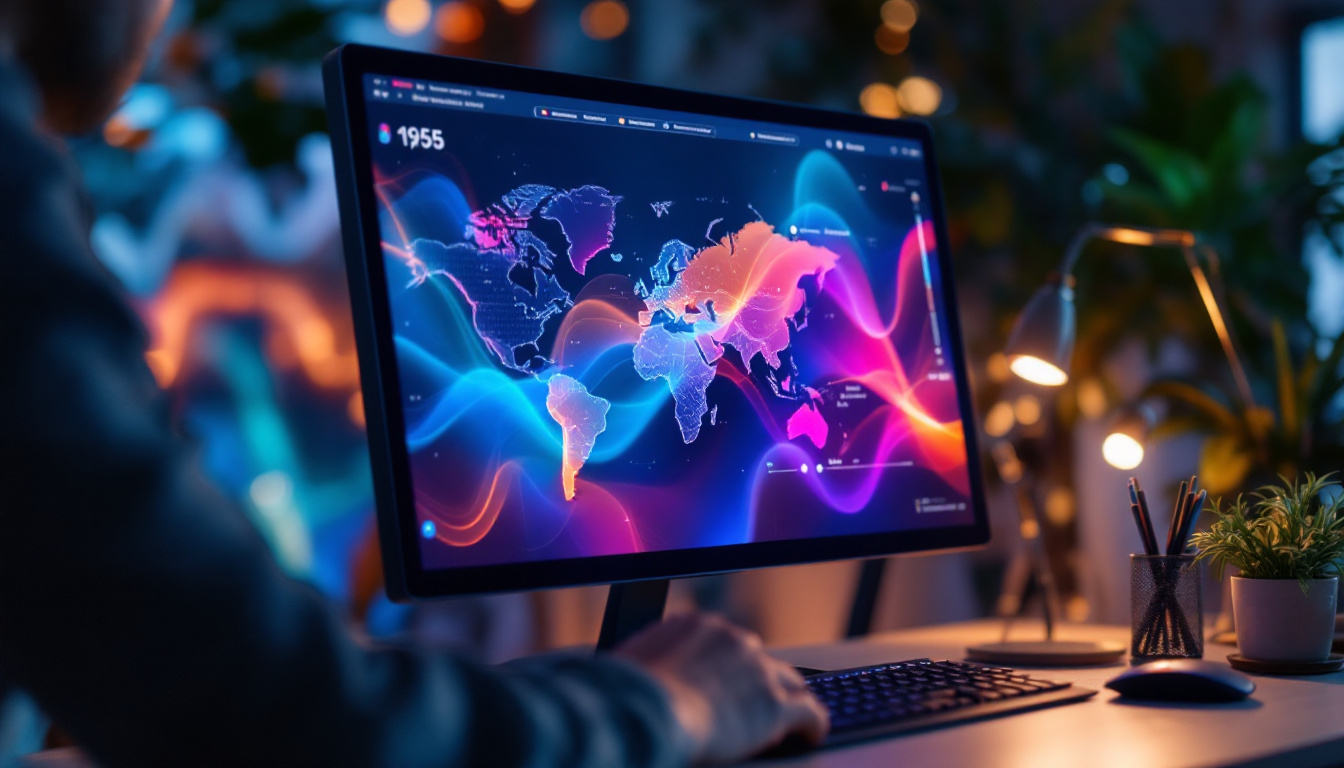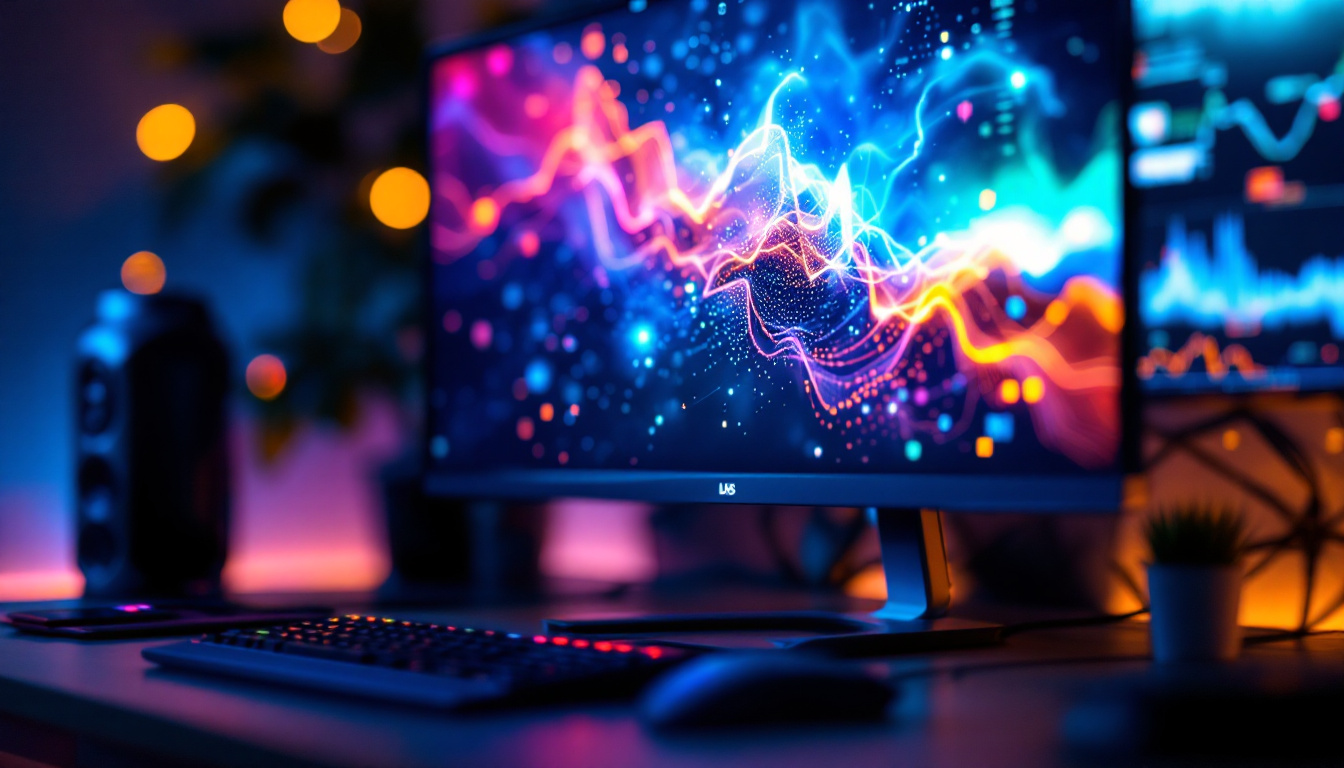In recent years, the landscape of display technology has evolved dramatically, with foldable monitors emerging as a notable innovation. These devices combine the versatility of traditional monitors with the flexibility of modern design, allowing users to enjoy larger screens without sacrificing portability. This article delves into the intricacies of foldable monitors, particularly focusing on LED display technology, its advantages, and its applications across various fields.
Understanding Foldable Monitors
Foldable monitors represent a significant leap forward in display technology. Unlike conventional monitors, which are rigid and fixed in size, foldable monitors can be bent or folded to accommodate different viewing preferences and environments. This adaptability makes them particularly appealing for professionals who require mobility without compromising screen real estate. The versatility of these devices also opens up new possibilities for collaborative work, as users can easily share their screens in various orientations, enhancing teamwork and communication.
The Technology Behind Foldable Displays
At the heart of foldable monitors lies advanced display technology, primarily utilizing OLED (Organic Light Emitting Diode) and LED (Light Emitting Diode) technologies. OLED screens are known for their vibrant colors, deep blacks, and wide viewing angles, making them ideal for foldable applications. However, LED technology, particularly in its latest iterations, has also made significant strides, offering improved brightness and energy efficiency. The development of these technologies has allowed manufacturers to push the boundaries of what is possible in display design, leading to monitors that not only fold but also deliver stunning visual performance.
Foldable monitors typically employ a flexible substrate that allows the screen to bend without damaging the display. This substrate is often made from materials such as plastic or thin glass, which are both lightweight and durable. The combination of flexible materials and advanced display technology enables manufacturers to create screens that can withstand repeated folding while maintaining high performance. Furthermore, innovations in touch sensitivity and responsiveness have made these screens not only visually impressive but also intuitive to use, providing a seamless user experience whether the monitor is flat or folded.
Key Features of Foldable Monitors
Several features distinguish foldable monitors from their traditional counterparts. One of the most notable is their ability to transform from a compact form factor to a larger display area, catering to various use cases. This adaptability is particularly beneficial for professionals who work in dynamic environments, such as graphic designers, architects, and video editors. The ability to easily switch between different configurations allows users to tailor their workspace to their specific needs, whether they are sketching ideas or presenting to a group.
Another key feature is the enhanced portability that foldable monitors offer. Many models are designed to be lightweight and slim, making them easy to transport. Additionally, the ability to fold the monitor allows users to save space when not in use, making them an excellent choice for small offices or home workspaces. Moreover, some foldable monitors come equipped with built-in battery packs, enabling users to work on the go without the need for a constant power source. This feature is particularly advantageous for digital nomads and remote workers who often find themselves in locations without easy access to power outlets, allowing them to maintain productivity wherever they are.
LED Display Technology in Foldable Monitors
LED technology has become a cornerstone of modern display solutions, including foldable monitors. Understanding how LED displays work and their advantages can provide insight into why they are favored in this innovative category of monitors.
How LED Displays Work
LED displays function by utilizing a matrix of light-emitting diodes to create images. These diodes emit light when an electric current passes through them, allowing for precise control over brightness and color. In the context of foldable monitors, LED technology can be employed in various configurations, including edge-lit and direct-lit designs.
Edge-lit LED displays use LEDs positioned along the edges of the screen, while direct-lit displays feature an array of LEDs behind the screen itself. The latter typically offers better brightness and contrast, making it a preferred choice for high-quality foldable monitors. The integration of LED technology allows for thinner designs and improved energy efficiency, which are critical factors in the development of portable displays.
Advantages of LED Displays
LED displays offer several advantages that make them particularly suitable for foldable monitors. One of the primary benefits is their energy efficiency. LED technology consumes significantly less power compared to traditional LCD displays, which is especially advantageous for portable devices that rely on battery power.
Moreover, LED displays are known for their exceptional brightness and color accuracy. This capability is crucial for professionals who require precise color representation, such as photographers and graphic designers. The ability to produce vibrant images enhances the overall user experience, making foldable monitors a compelling choice for creative work.
Applications of Foldable Monitors
The versatility of foldable monitors opens up a wide array of applications across various industries. From creative fields to business environments, these innovative displays are proving to be valuable tools for enhancing productivity and creativity.
Creative Industries
In the creative sector, foldable monitors are revolutionizing the way artists and designers work. The ability to expand the screen size allows for more detailed and immersive editing experiences. Graphic designers can benefit from a larger workspace, enabling them to see more of their project at once without the need for multiple monitors.
Moreover, foldable monitors can be easily transported to client meetings or presentations. Their ability to adapt to different settings allows creatives to showcase their work in a professional manner, regardless of the location. This flexibility can lead to increased collaboration and more dynamic brainstorming sessions.
Business and Productivity
In the business world, foldable monitors are becoming increasingly popular for their ability to enhance productivity. Professionals who frequently travel can take advantage of the portability of these devices, allowing them to set up a workstation wherever they are. The larger display area can facilitate multitasking, making it easier to manage multiple applications simultaneously.
Additionally, foldable monitors can improve remote work experiences. With the rise of hybrid work environments, having a flexible and high-quality display can make virtual meetings and presentations more engaging. The ability to share a larger screen with colleagues can foster better communication and collaboration, regardless of physical distance.
Challenges and Considerations
Despite the numerous advantages of foldable monitors, there are challenges and considerations that potential users should be aware of. Understanding these factors can help in making informed decisions when selecting a foldable monitor.
Durability and Longevity
One of the primary concerns regarding foldable monitors is their durability. While manufacturers are making strides in creating flexible displays that can withstand repeated folding, there is still a risk of wear and tear over time. Users should consider the build quality and materials used in the construction of the monitor to ensure longevity.
Additionally, the technology behind foldable displays is still relatively new, which means that long-term performance and reliability are not yet fully established. Potential buyers should research warranty options and customer reviews to gauge the experiences of other users.
Cost Considerations
Foldable monitors tend to be more expensive than traditional monitors due to the advanced technology and materials involved in their production. This higher cost may be a barrier for some users, particularly those on a budget. It is essential to weigh the benefits of a foldable monitor against its price and consider whether the investment aligns with individual needs and use cases.
For professionals who require the flexibility and portability that foldable monitors offer, the cost may be justified. However, casual users may find that traditional monitors meet their needs at a lower price point.
The Future of Foldable Monitors
The future of foldable monitors looks promising, with ongoing advancements in display technology and design. As manufacturers continue to refine their products, we can expect to see improvements in durability, performance, and affordability.
Innovations on the Horizon
Future developments may include enhanced materials that improve the durability of foldable displays, as well as advancements in LED technology that increase brightness and color accuracy. Researchers are also exploring new ways to integrate touch capabilities into foldable monitors, further enhancing their functionality.
Moreover, as the demand for portable and flexible displays grows, more manufacturers are likely to enter the market, leading to increased competition and innovation. This influx of new products may result in more options for consumers, catering to a wider range of needs and preferences.
Potential Market Growth
The market for foldable monitors is expected to grow significantly in the coming years. As remote work and mobile computing become more prevalent, the need for versatile and portable display solutions will continue to rise. Industries such as gaming, design, and business are likely to drive this growth, as professionals seek innovative tools to enhance their workflows.
Furthermore, as consumers become more familiar with foldable technology through smartphones and other devices, acceptance and demand for foldable monitors are likely to increase. This trend could lead to a broader adoption of foldable displays across various sectors, reshaping the way we interact with technology.
Conclusion
Foldable monitors represent a significant advancement in display technology, offering unique advantages that cater to the needs of modern users. With their combination of portability, flexibility, and high-quality LED display technology, these devices are well-suited for a range of applications, from creative industries to business environments.
While challenges such as durability and cost remain, ongoing innovations in the field promise to address these concerns and enhance the user experience. As the market for foldable monitors continues to expand, it is clear that this technology is poised to play a crucial role in the future of display solutions.
In summary, foldable monitors are not just a trend; they represent the future of how we interact with screens, combining functionality with cutting-edge design to meet the demands of an increasingly mobile and dynamic world.
Discover the Future of Display Technology with LumenMatrix
Embrace the evolution of screen interaction with LumenMatrix’s advanced LED display solutions. As a pioneer in LED technology, LumenMatrix is committed to enhancing your visual experience, whether it’s for creative endeavors, business applications, or dynamic advertising. Our extensive range of products, including Indoor and Outdoor LED Wall Displays, Vehicle LED Displays, and more, are designed to meet the diverse needs of our clients. Experience the transformative power of our displays and elevate your brand’s presence. Check out LumenMatrix LED Display Solutions today and step into the future of visual communication.

